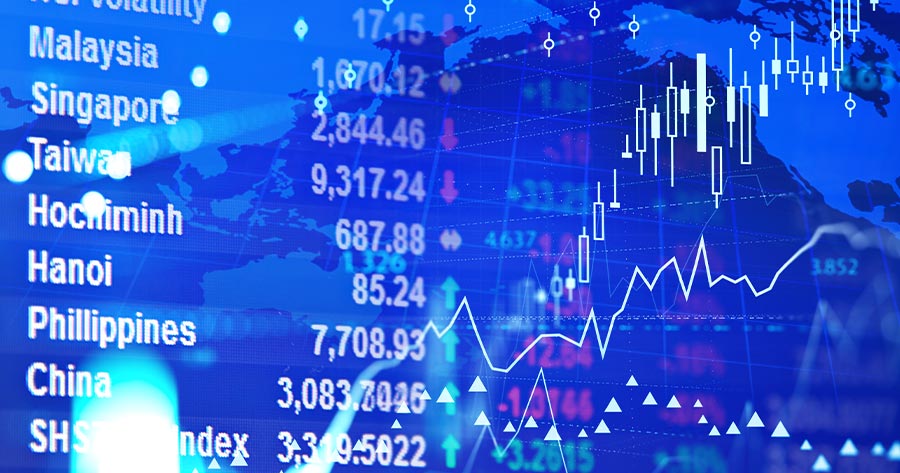On Wednesday morning (25 September, 9:24 AM, GMT+7, Bangkok time), indices in Asia Pacific exhibited a positive trend following PBOC’s announcement of policy easing measures on Tuesday, while investors also digested Australia’s inflation data.
The People’s Bank of China reduced the medium-term lending facility (MLF) rate to 2%, a decrease from 2.3%. This marks the second reduction to the MLF within approximately three months, following a rate decrease from 2.5% to 2.3% by the central bank at the end of July.
Australia’s consumer price index (CPI) grew by 2.7% YoY in August, a decrease from a 3.5% increase in July. The figure was in line with expectations from a Reuters’ poll.
Japan’s NIKKEI edged up by 0.26% to 38,037.83. South Korea’s KOSPI increased by 0.26% to 2,638.63, and Australia’s ASX 200 climbed by 0.12% to 8,151.7.
As for stocks in China, Shanghai’s SSEC soared by 2.91% to 2,946.54. Hong Kong’s HSI jumped by 2.44% to 19,464.58, and Shenzhen’s SZI rose by 3.24% to 8,708.97.
Meanwhile, the US stock markets edged up on Tuesday as the Dow Jones Industrial Average (DJIA) grew by 0.2% to 42,208.22. NASDAQ gained 0.56% to 18,074.52, and S&P 500 expanded by 0.25% to 5,732.93. VIX dropped by 3.15% to 15.39.
As for commodities, oil prices settled higher on Tuesday fueled by reports of monetary stimulus measures from China, the leading global crude importer. Additionally, worries about escalating tensions in the Middle East potentially disrupting regional supply also contributed to the rise in prices. Brent futures gained $1.27 or 1.7% to $75.17 a barrel, and the West Texas Intermediate (WTI) surged $1.19 or 1.7% to $71.56 per barrel.
This morning, Brent futures slid 15 cents or 0.2% to $75.02 a barrel, and the WTI dipped 20 cents or 0.28% to $71.36 per barrel.
Meanwhile, gold futures climbed by 0.34% to $2,686 per Troy ounce.




